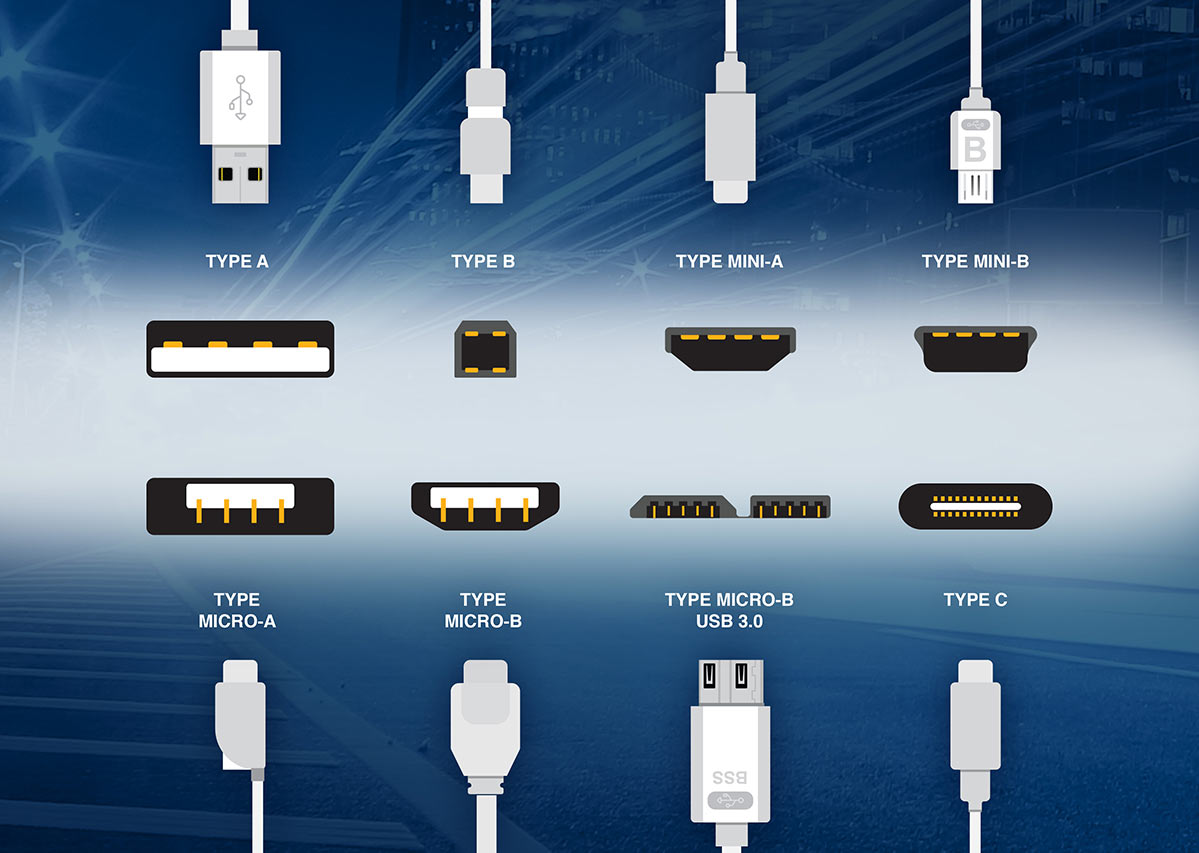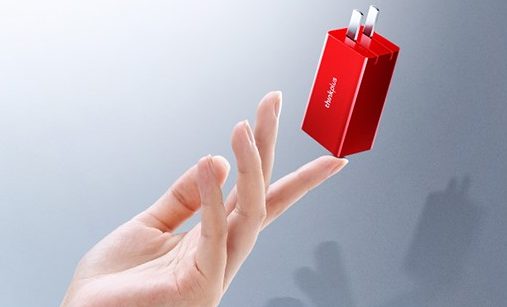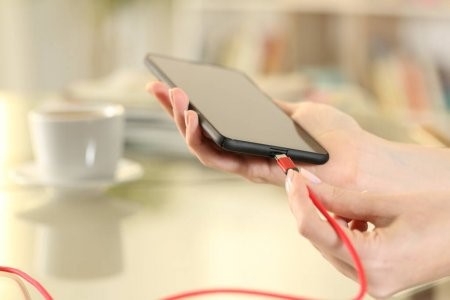The communications standard moved from USB 1.0 to USB 2, to 3, and now 4, each faster than the previous version Mechanically, the same rectangular ‘Type-A’ connector has hung around for most of those years without an update, but that’s finally changing with USB Type-C.
Let’s look at the USB-C connector and what the latest changes mean for this ubiquitous port.
A Brief History of USB
The original USB specification was released in mid-1996 but the first commercially successful computer to use USB was the original iMac. Apple got rid of all the old-style ports like AppleTalk, serial, and SCSI and replaced them with this new universal serial bus.
Most of the computer press laughed at them for putting this new port with minimal support on their new computers but it didn’t take long for the iMac to become a runaway success. And it carried USB along with it.
The USB Implementers Forum or USB-IF, which includes over 700 companies, designed the specification. The membership has heavyweights like Apple, HP, Dell, Microsoft, and Samsung on the list which also helped push USB adoption in the early days.
Since then, USB has evolved and the latest version is more than 20,000 times faster than the original.
Types of USB Connectors

You’re probably familiar with the USB Type-A connector. This is the original rectangular USB connector that plugged into most computers over the last 20-plus years.
These connectors may look symmetrical but they would only fit into the plug one way. This made them hard to connect, especially if you were trying to plug something into the back of your PC where you couldn’t see what you were doing.
The USB Type-B connector was at the other end of many of those older cables. It was the roughly-square connector that plugged into printers, scanners, external hard drives, and various other devices.
As devices like smartphones and digital cameras got smaller, the Type-B connector didn’t work well and the USB Micro and USB Mini connectors were designed to need much less space.
They were still hard to connect though. They only fit one way and the smaller size made it even harder to see which end was up and the frustration continued.
The USB Type-C connector finally changes that. It has a reversible design that will fit no matter which side is ‘up’ so you’re always ‘first-time-right’.
Benefits of USB-C
As simple as it sounds, the reversible design is one of the biggest USB-C advantages. It simplifies the connection and practically eliminates any chance of damaging the cable or the port you’re plugging it into since you can’t force it in the wrong way.
There are plenty of other benefits though. Much like earlier versions, there’s strong support on many different types and brands of USB C devices. It doesn’t matter if you use Windows or a Mac, an iPad or Android tablet, or a laptop or desktop. The USB type C connector is the same across the board.
This lets you charge all your devices from fewer chargers, which is much more convenient. It also means less environmental waste down the road.
USB-C also supports high-bandwidth applications such as driving high-resolution displays and high-speed external storage. This is supported through Apple’s Thunderbolt 3 specification, which runs through the USB C connection – though check that your model that has full Thunderbolt support.
Another benefit of USB-C over previous versions is that it supports ‘power delivery’ (PD) as well as data transfer. This standard supports up to 100 watts of power delivery, letting you fast-charge your computer and all your other devices through the USB-C port. Note that PD is an intelligent system too, that asks your phone, laptop or monitor exactly what voltage and power is needed – then delivers exactly that voltage and power, in a safe, reliable and speedy way.
Unlike the old system with a mess of custom cables, PD is flexible and carries data and power in two directions. You can set up your devices in a ‘daisy-chain’ serial way, or a central ‘hub and spoke’ format. This lets you do things such as connect one smartphone to another to give it a quick recharge until you can plug it into the wall or a portable charger for a full charge. And forget about all those multi-output AC adapter strips – you won’t need those any more to power your office equipment.
Requirements to Use the USB Type C Connector
Most modern laptops, tablets and many phones already use USB-C but it’s worth checking that there is a USB-C connection on your computer or other devices.
For power delivery, make a quick check of how much power your need. PD goes up to 100W which is far more than most laptops need, and you can choose a USB-C fast charger for one device or many.
Another cool aspect of USB-C is that you can add it to your system as needed, and as you buy new hardware. If you still have a HDMI connection for your monitor – you can still use it. There are many adapter hubs that link up your legacy devices – and charge your laptop or phone – until you’re ready to move on up.
Powering Your USB-C Devices
There are many fast chargers on the market today that can deliver all the power you need, to all the devices you have, safely and quickly.
Next-generation gallium nitride GaNFast technology drives the world’s fastest, smallest and lightest chargers and adapters. See GaNfast.com for more information and the easy way to choose one to meet your needs. With power levels from 24W to 100W, and options from one-to-four outputs and with 3x faster charging in only half the size and weight of old-style chargers, you’ll be up-to-speed on USB-C in no time.


